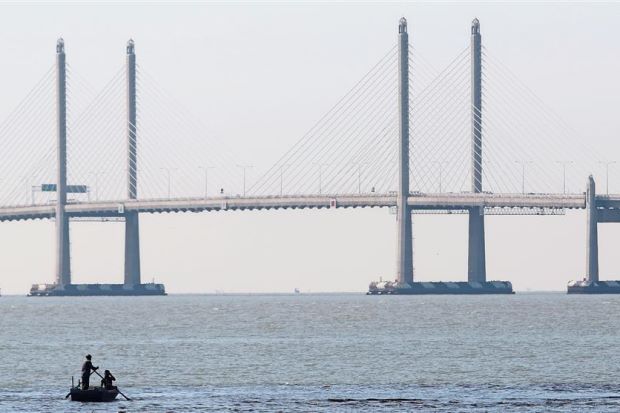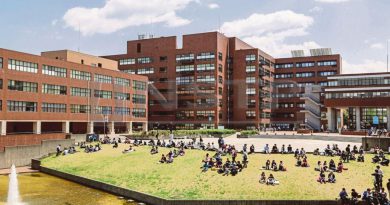Local contractors should take the lead in ECRL 2.0
INCREASINGLY, it looks quite certain that the highly contentious East Coast Rail Link (ECRL) project is set to resume.
The latest indication came from Prime Minister Tun Dr Mahathir Mohamad, who said last week that the project may resume but on a smaller scale if the Chinese government agrees to the changes.
The Prime Minister has said that it would be difficult to come out of the contract without Malaysia having to incur a huge cost.
This comes hot on the heels of former Finance Minister Tun Daim Zainuddin, who does not hold any official office in the new government but is playing a key role in the negotiations with the Chinese government, saying that negotiations are still ongoing.
Former Prime Minister Datuk Seri Najib Tun Razak announced the project at a cost of RM55bil. However, the cost, after the project was upscaled, came to RM66.78bil – a key piece of information that was kept from the public.
Then, the issue of the main contractor – China Communications Construction Company Ltd (CCCC) – being allowed to draw down RM20bil, of which RM15bil was “advance payment”, drew scrutiny because the amount was large compared to the actual work done on the ground.
Finally, the lopsided nature of the contract, where CCCC would undertake 70% of the work leaving only 30% to local contractors, clearly was not in the interest of the local construction industry.
After stripping out the electrification and communication systems works, which are dominated by foreign companies, local companies would be left with a small portion of the works.
CCCC was given the mandate as the main contractor in return for the Chinese government financing the project.
The previous government played into the hands of China’s debt diplomacy, compromising the interest of the nation and sidelining the local construction industry.
Going forward, do we still need financing from China’s Export-Import Bank (Exim Bank) if we are to continue with the project? Do we still have to engage with CCCC based on `debt diplomacy’?
There are sufficient funding options for the project, considering that the government is its paymaster. There really is no need to negotiate with China on the ECRL project on the basis of `debt diplomacy’.
China is an important trading partner for Malaysia. There is no denying that Malaysia needs China more than China needs Malaysia.
However, local construction jobs do not have to be given away to the companies from China.
Not when there are enough local companies which can do the job just as well or even better than the companies from China.
Another advantage is that spending in the local construction industry tends to bring about a significant multiplier effect on the domestic economy.
Under the old terms of the agreement, CCCC is the main contractor and gets the lion’s share of the job because funding comes from China’s Exim Bank. There would be a very small multiplier effect on the domestic economy, as the money stays in China.
The same arrangement should not be allowed to continue, especially when there are reports that suggest that the project had been grossly inflated to pay kickbacks to some parties.
If the ECRL is to resume, why should CCCC continue to hold the lion’s share of the work?
Local construction companies do not need handouts but an opportunity to compete on an equal platform.
If jobs are controlled by CCCC, their chances of landing any meaningful work would be slim, not to mention that the competition would not be on even ground, as CCCC is in some way linked to China’s government and has access to cheap funding and other resources.
In contrast, the local construction giants are all completely private-sector driven.
If financing from China is reduced, then CCCC’s role in the ECRL can be cut down.
It has happened before in the second Penang Bridge project.
The second Penang Bridge started with an offer of a US$800mil loan at a low interest rate from China’s Exim Bank.
It was a deal that was first initiated during the Tun Abdullah Ahmad Badawi administration. However, when Najib took over, the loan was reduced to US$200mil. In tandem with the reduced loan, the scope of work of the contractor from China was also reduced.
The orginal cost of the ECRL is less than RM30bil. However, it was inflated to RM66.78bil.
Consultants have estimated that the existing project can be completed at RM40bil.
A smaller-scale ECRL would require less funding, hence less participation from contractors from China. This is something that the government should not budge from in the negotiations with China.
The ECRL version 2.0 is an excellent opportunity to boost the local construction industry. We have capable companies with the expertise to take the lead in completing the job at a significantly lower cost.
Source: TheStar




